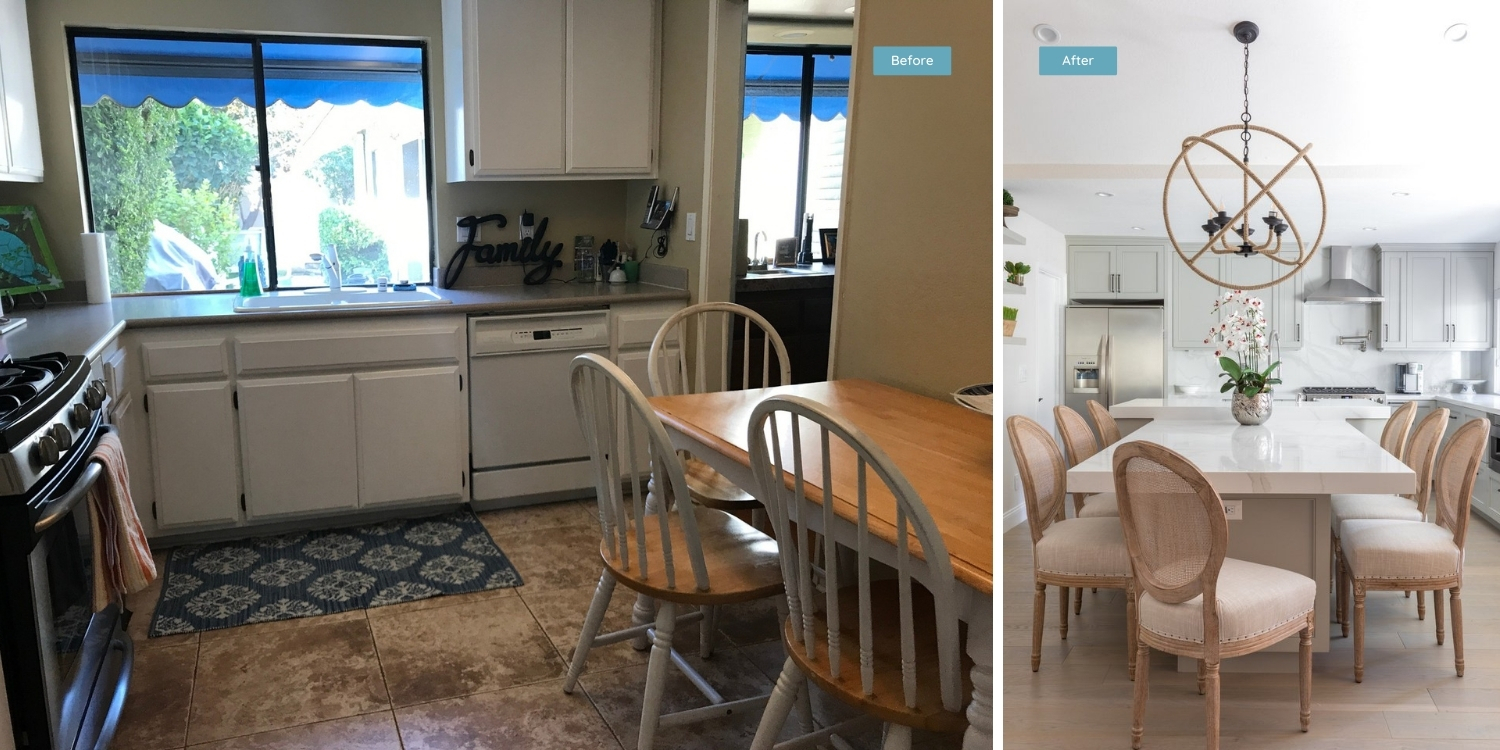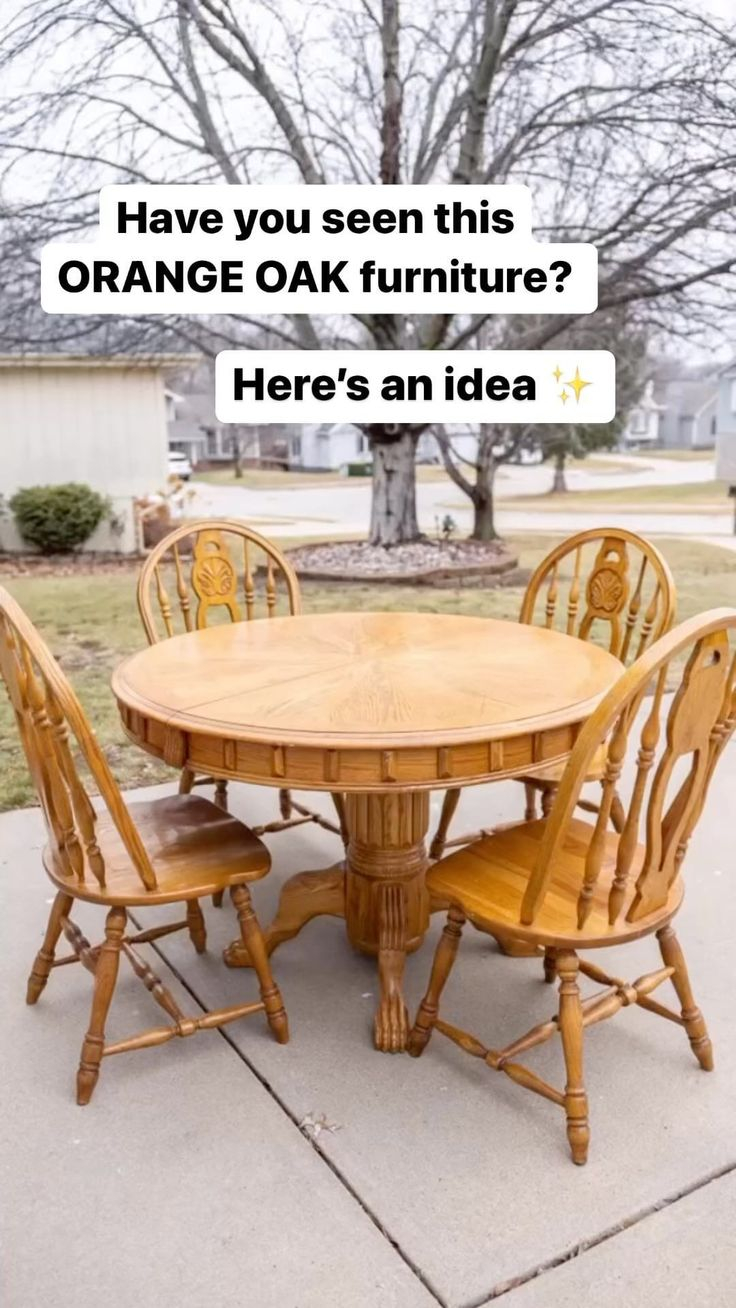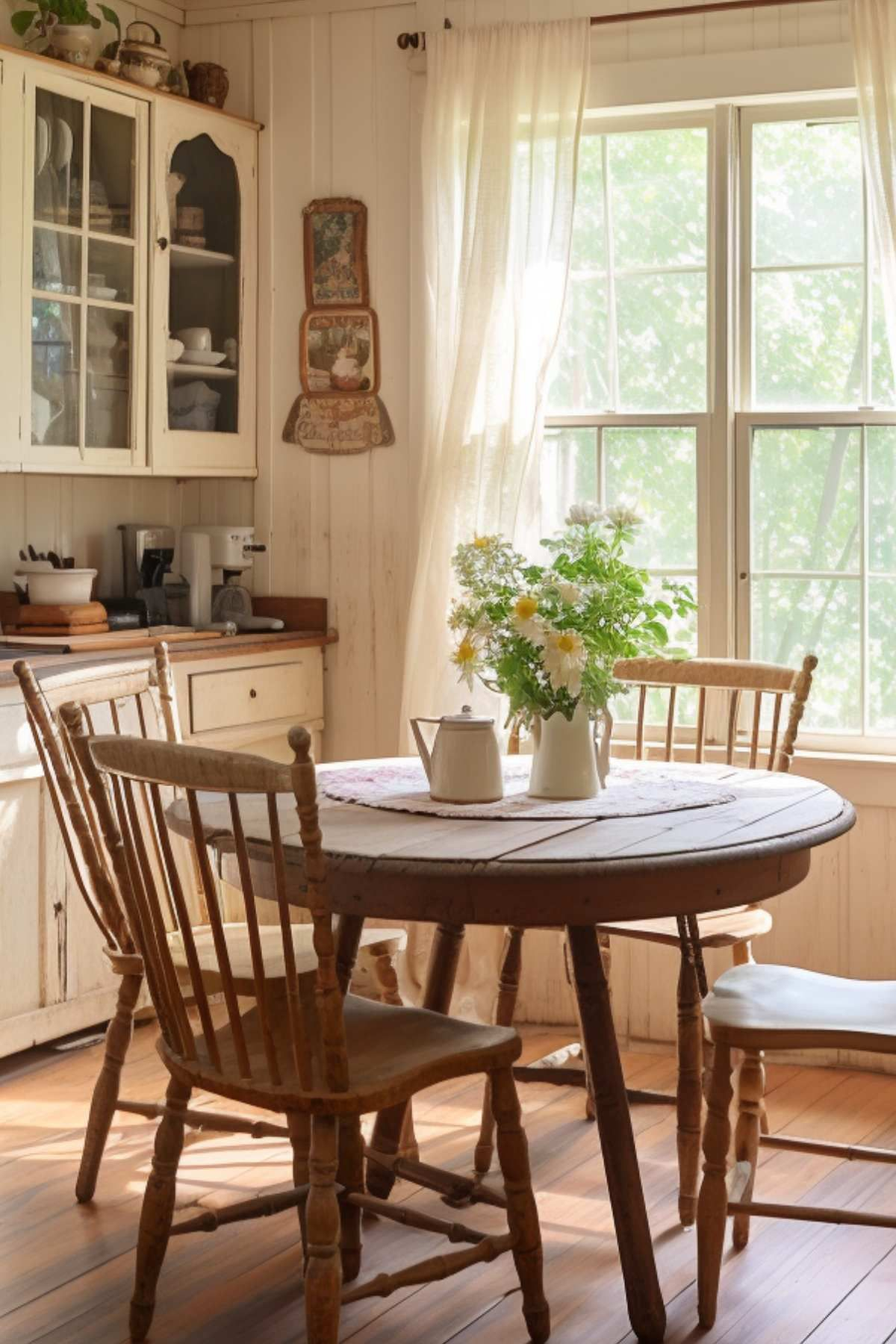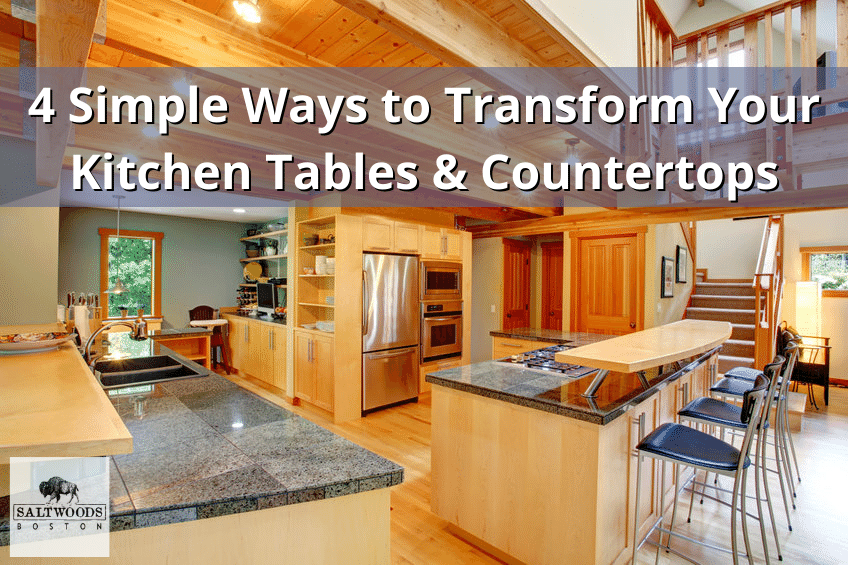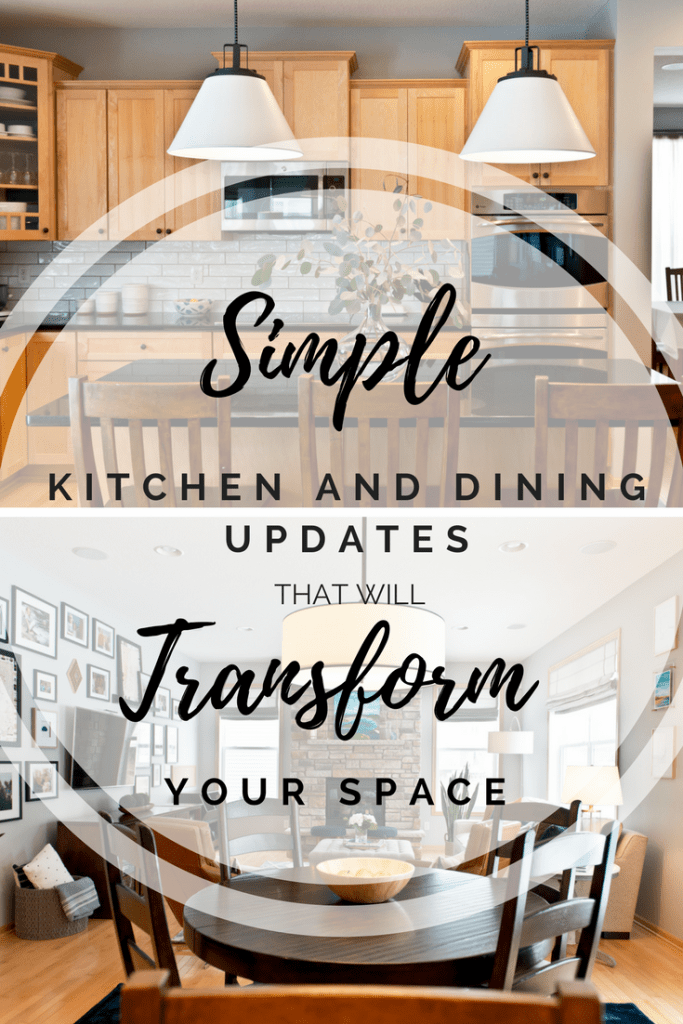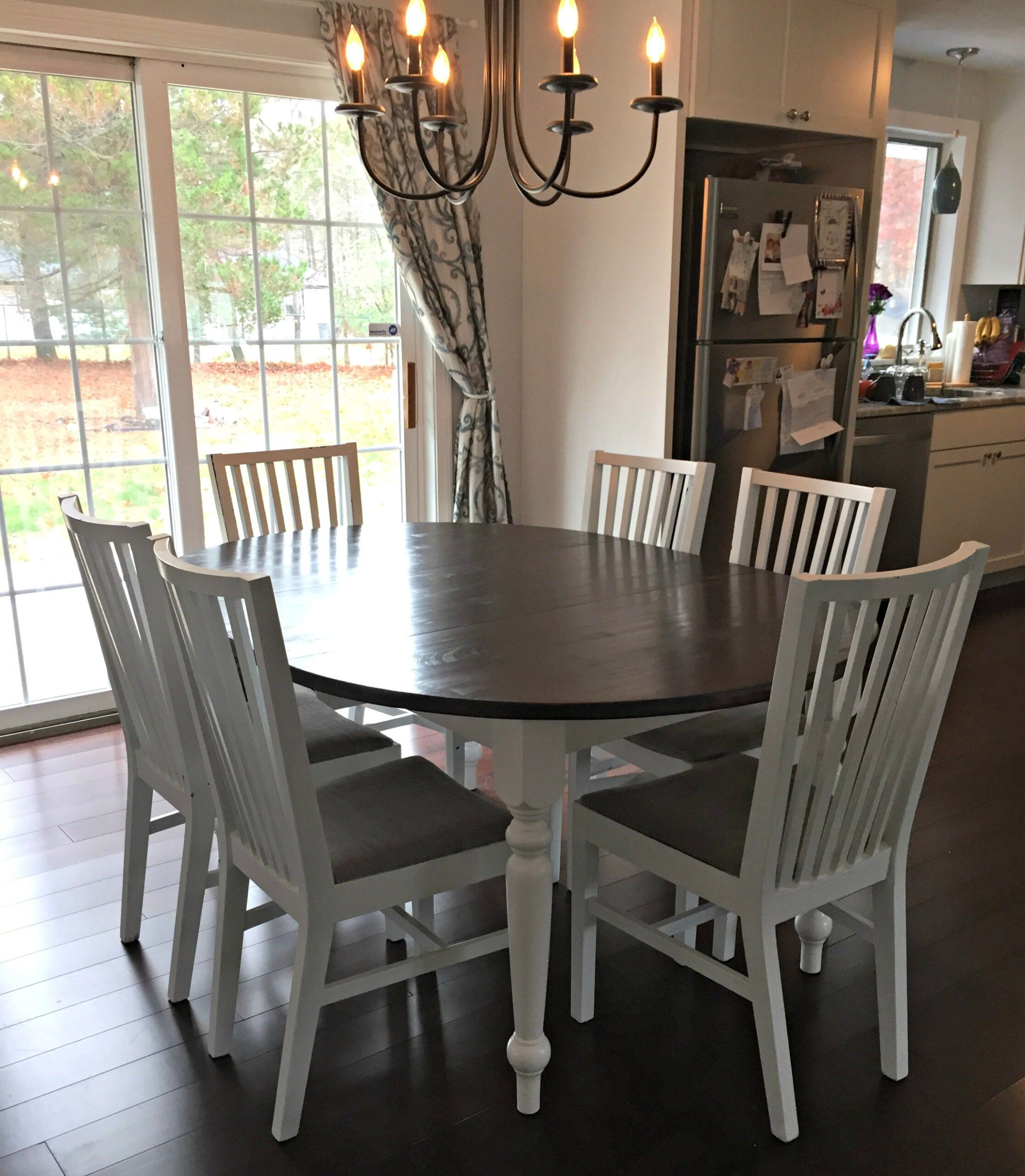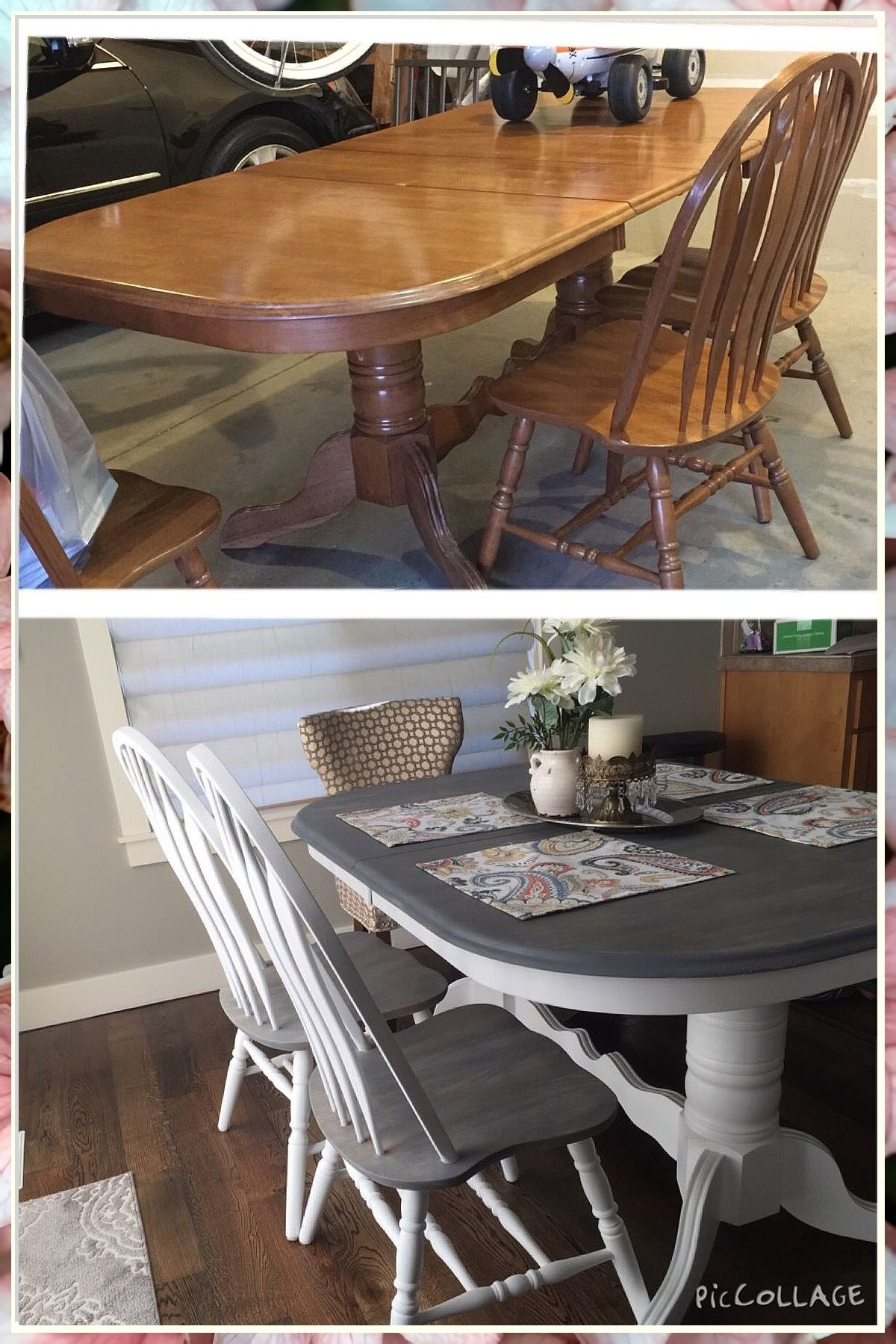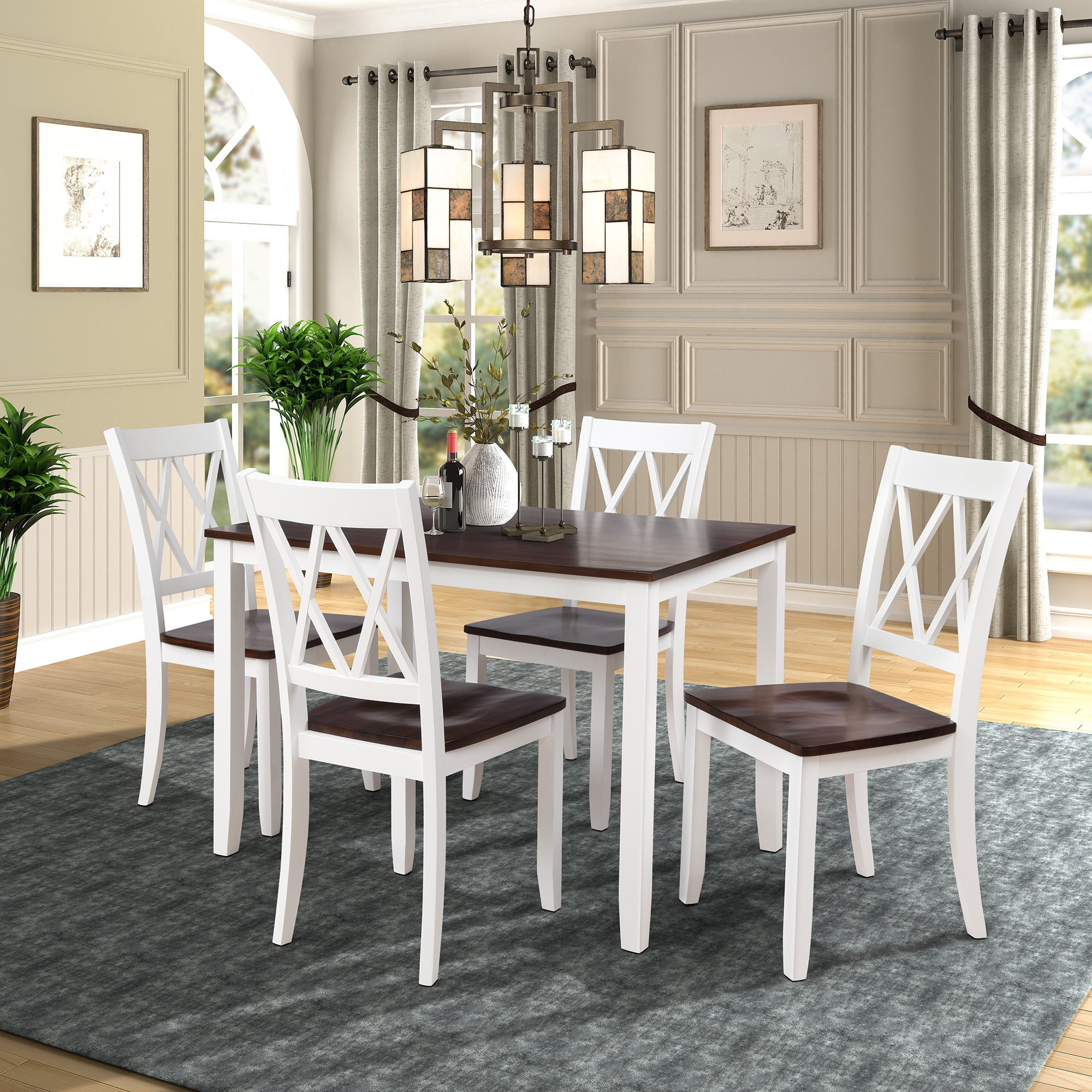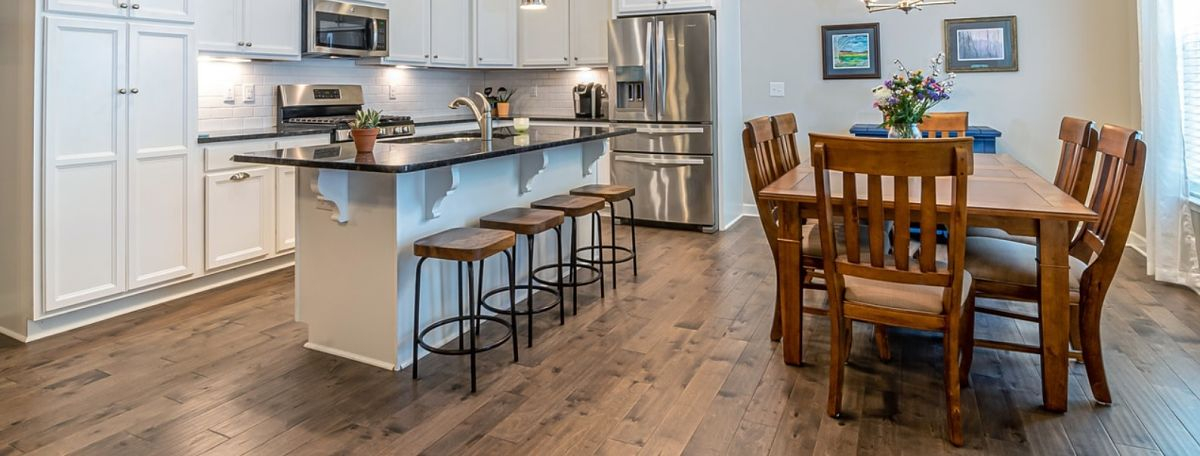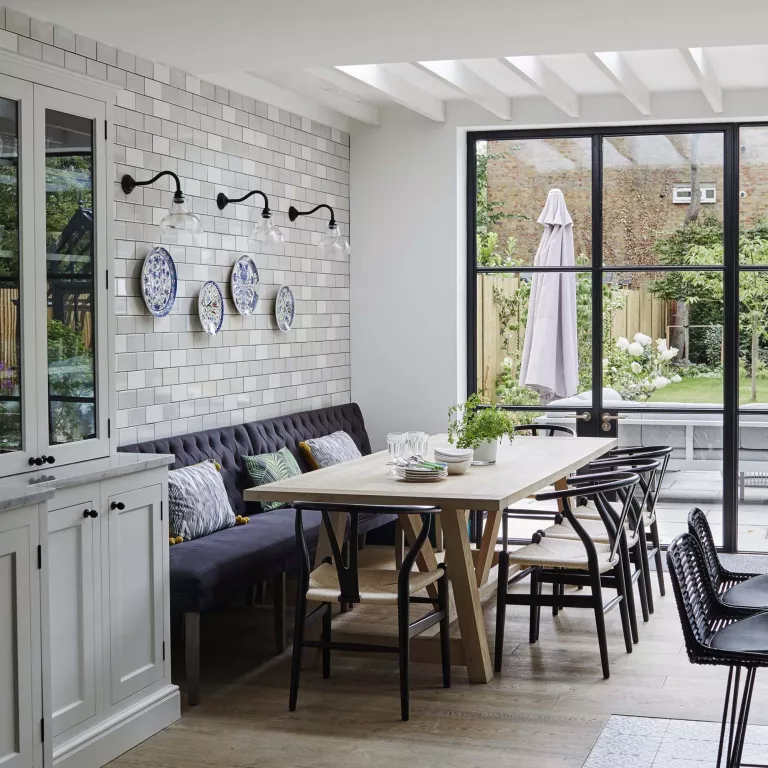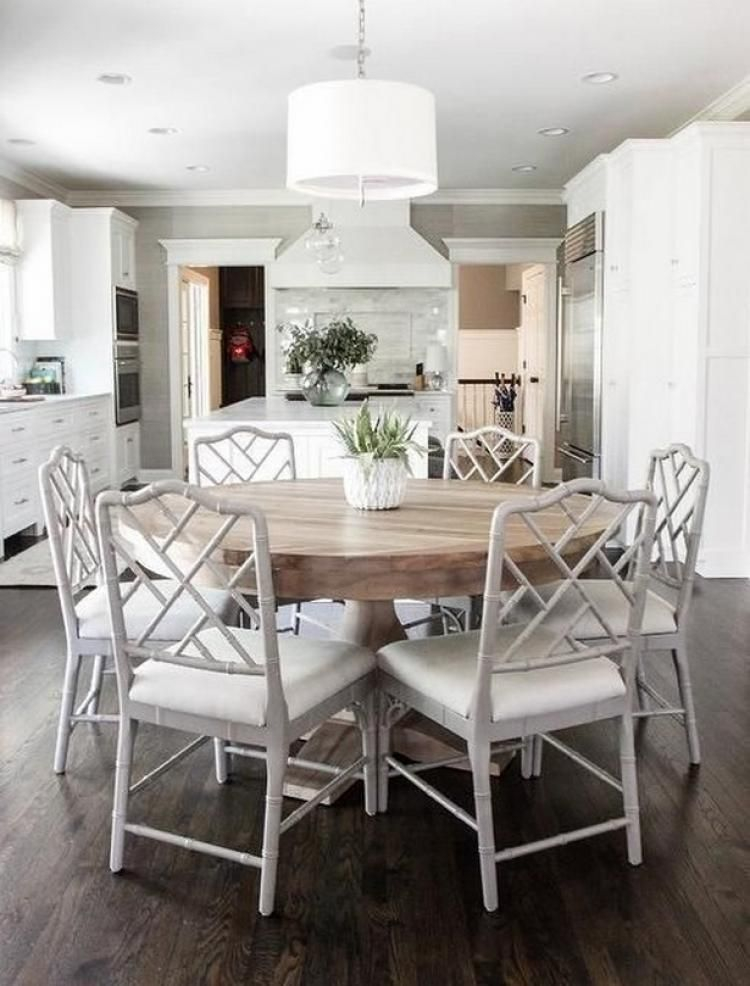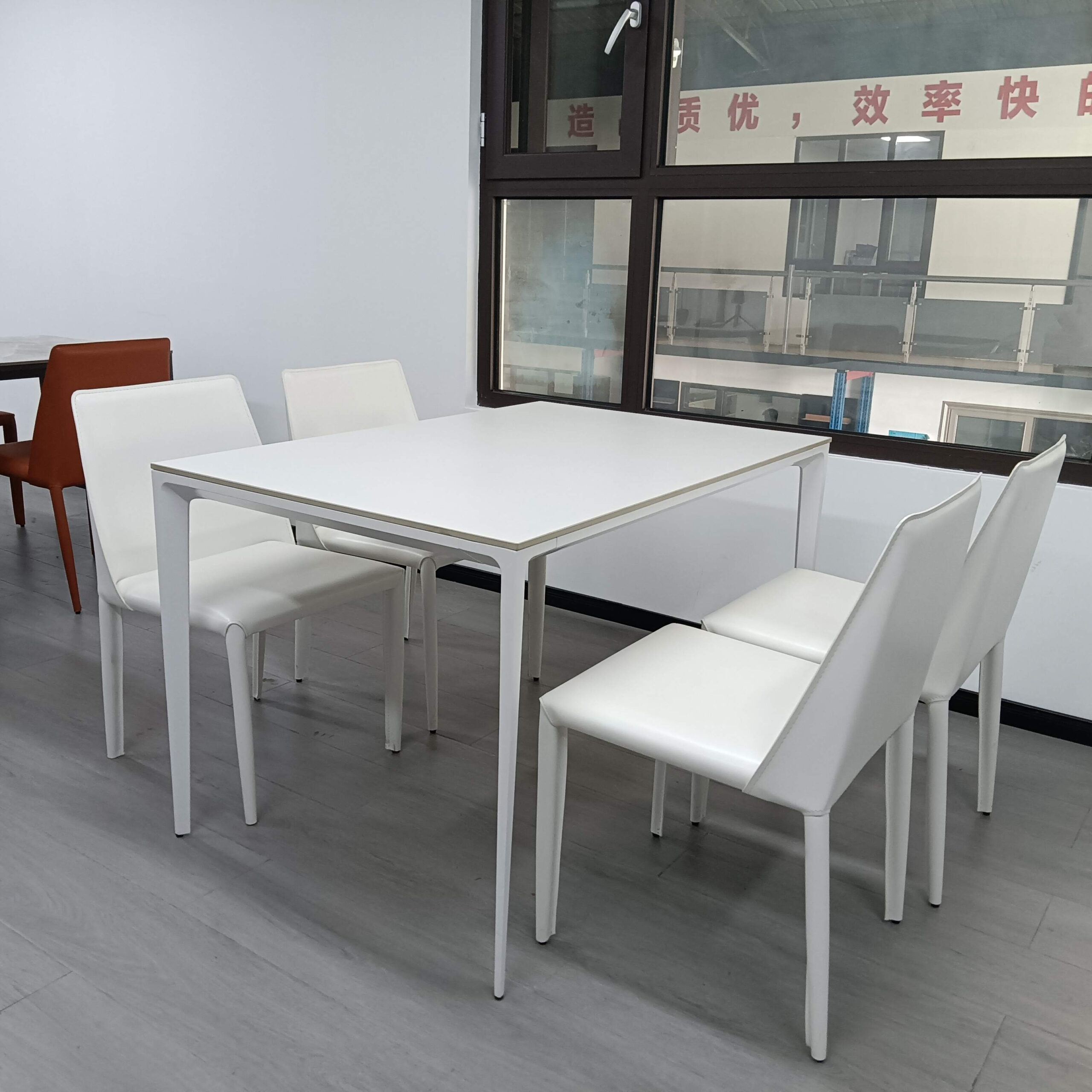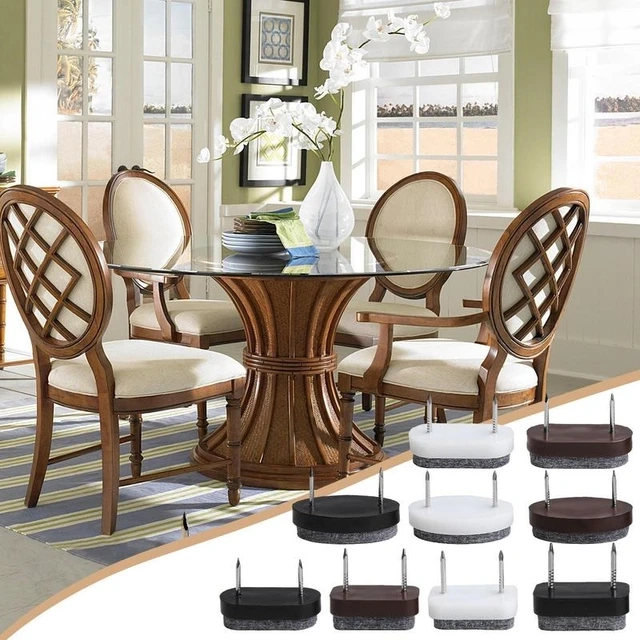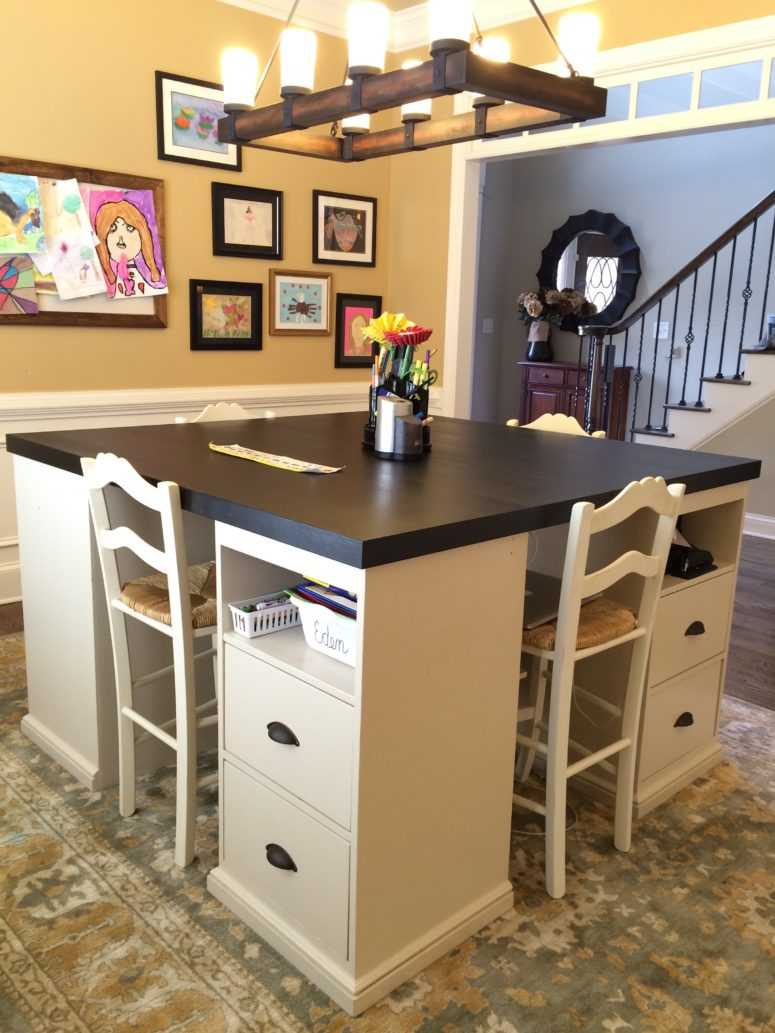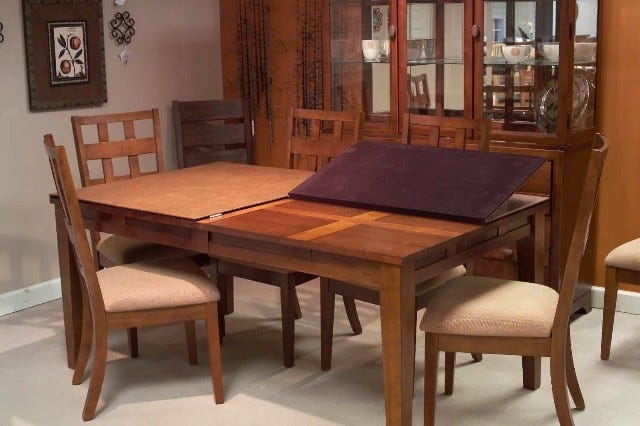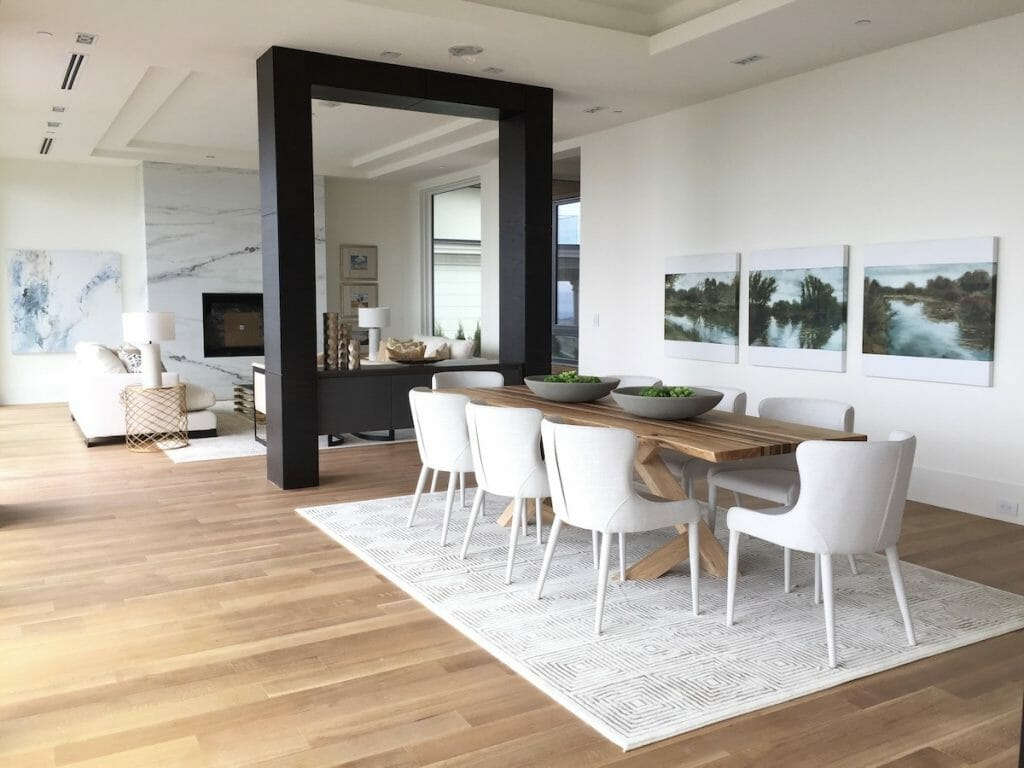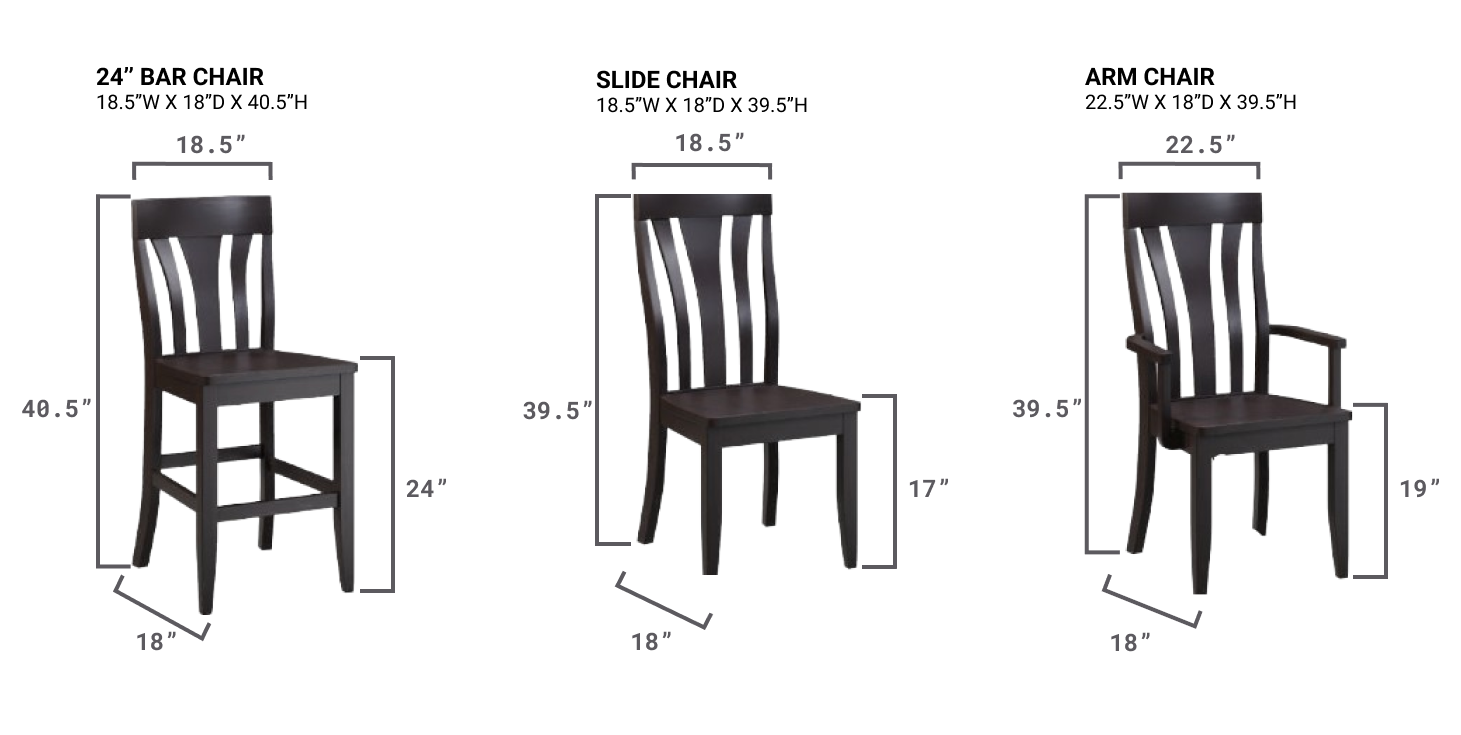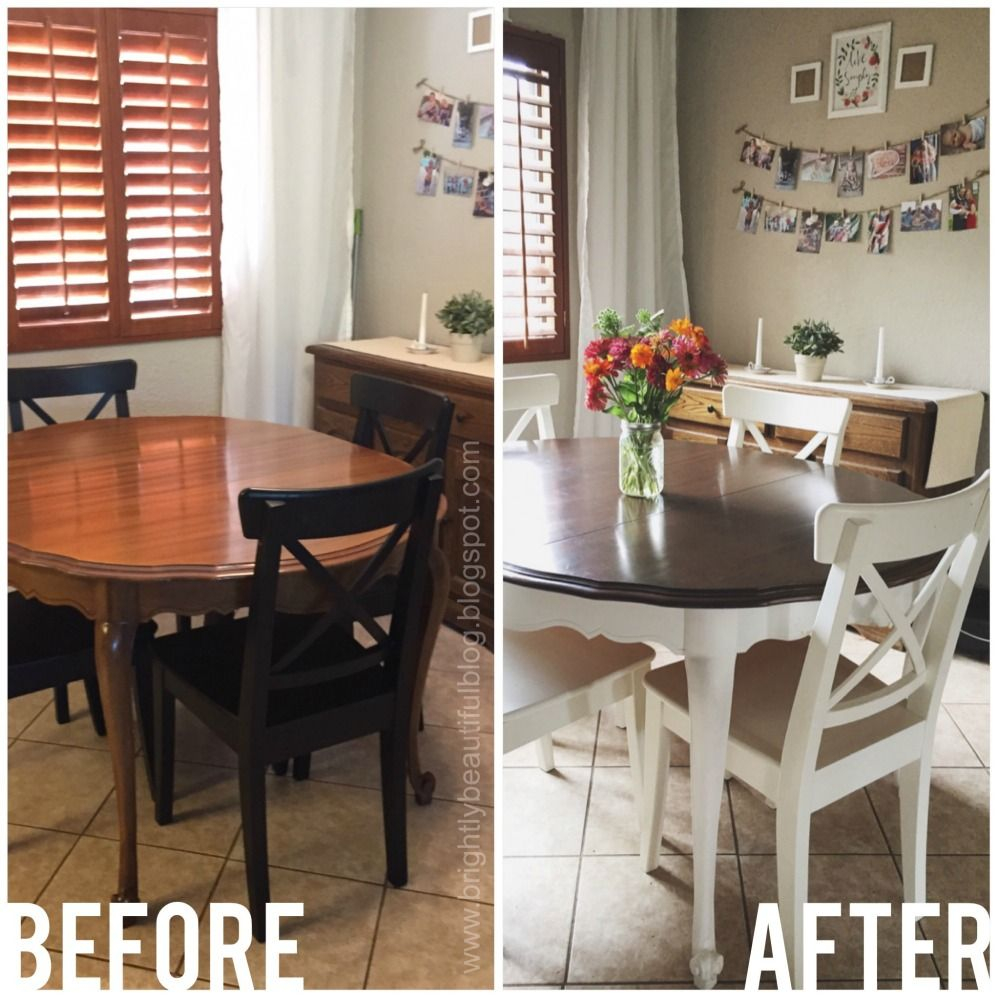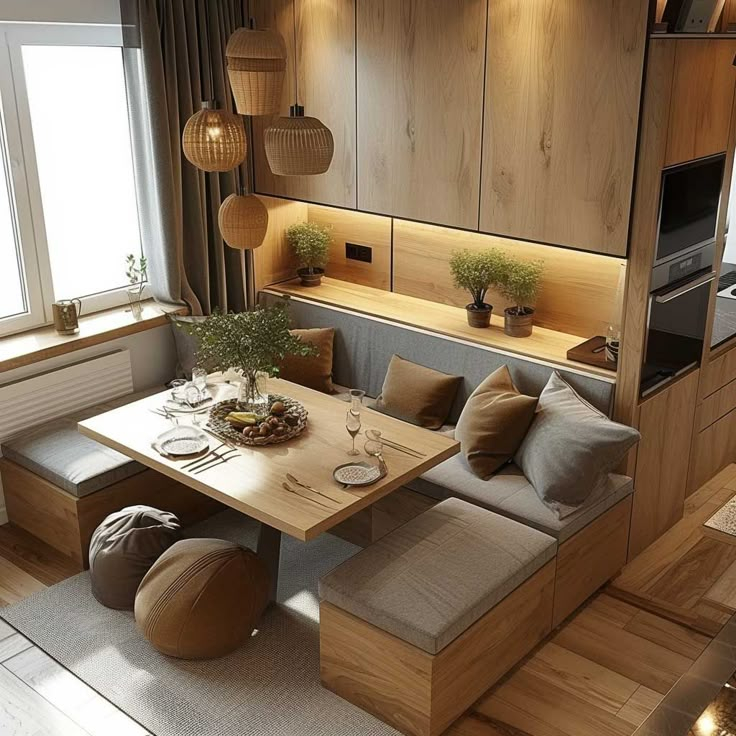Have you ever walked into a kitchen and felt an immediate sense of warmth and invitation? Often, that feeling stems from the focal point of the room: the dining table. It’s not just a surface to eat off of; it’s where memories are forged, conversations flow, and the day’s events are shared. Choosing the right dining table can genuinely revolutionize how you use and experience your kitchen space. It’s about more than aesthetics; it’s about function, flow, and fostering connection.
Our kitchens are increasingly becoming the central hub of our homes. We gather there to cook, to chat, to do homework, and, of course, to eat. Given its central role, the dining table you choose has a profound impact on the overall feel and utility of your kitchen. It can make a small kitchen feel more spacious or a large kitchen feel more intimate and cozy. Let’s explore how the right choice of dining table can redefine your kitchen space, turning it into a more functional and cherished area of your home.
1. Size and Scale: Finding the Perfect Fit
The most crucial factor when selecting a dining table for your kitchen is its size. Too large, and it can make the room feel cramped and difficult to move around. Too small, and it might feel insignificant or insufficient for your needs. Consider the dimensions of your kitchen and how much space you can comfortably allocate to the table and surrounding seating.
Think about how many people you typically need to seat. If it’s just a couple of people most days, but you entertain larger groups occasionally, an extendable table is a fantastic option. For smaller kitchens, a round or oval table can be a great choice because they tend to have a smaller footprint and allow for easier traffic flow around them. Rectangular tables are classic and work well in longer, narrower spaces.
- Measure your space carefully: Don’t just eyeball it. Use a tape measure and mark out the potential area for the table.
- Consider clearance: Ensure there’s enough room to pull out chairs and walk around comfortably – aim for at least 3 feet of clearance on all sides.
- Think about your lifestyle: Do you usually eat alone, or is it a family affair? This will dictate the ideal size.
2. Material Matters: Durability and Style
The material of your dining table significantly impacts its durability, maintenance, and overall aesthetic. Kitchen tables often face more wear and tear than those in formal dining rooms, so choosing a robust material is key.
Wood is a timeless and popular choice, offering warmth and versatility. Solid wood tables, like oak or maple, are incredibly durable but can be an investment. For a more budget-friendly option, consider wood veneers or engineered wood, which can still offer a beautiful finish and good resilience.
Glass-topped tables can make a small kitchen feel more open and airy, as you can see through them. However, they can show fingerprints and smudges easily and might not be the best choice if you have very young children.
For a modern and sleek look, consider tables with metal bases or even concrete tops, which are incredibly tough and can add an industrial edge.
- Wood: Offers natural beauty, can be refinished, but may stain or scratch.
- Glass: Creates a sense of space, but requires frequent cleaning and can chip or break.
- Laminate/Melamine: Affordable, easy to clean, and resistant to scratches, but can chip or peel.
- Stone/Concrete: Extremely durable and heat-resistant, but heavy and can be porous if not sealed.
3. Shape and Functionality: Optimizing Your Layout
The shape of your dining table plays a vital role in how it integrates with your kitchen layout and how it functions for your daily life.
Rectangular tables are the most common and versatile. They work well in most kitchen shapes, especially rectangular ones, and are great for serving food buffet-style. They can also be pushed against a wall if space is extremely limited.
Round tables are excellent for conversation, as everyone can see each other easily. They also have no sharp corners, making them safer for homes with children and allowing for easier movement around the table. Round tables can often seat more people in a smaller footprint than their rectangular counterparts.
Square tables are perfect for smaller kitchens or for couples. They create a sense of intimacy and can be a good fit for square-shaped rooms.
Oval tables offer a compromise between rectangular and round, providing generous surface area and seating capacity without the sharp corners of a rectangle. They can also help soften the lines in a kitchen with many straight edges.
- Don’t forget to consider the base of the table. Pedestal bases, for instance, allow for more legroom and easier chair placement than tables with four legs.
- Think about how much surface area you need for more than just eating – perhaps for prep work or displaying items.
4. Style and Cohesion: Blending with Your Kitchen
Your dining table should complement the existing style of your kitchen and home. Whether your kitchen is ultra-modern, rustic farmhouse, or classic traditional, there’s a table to match.
For a modern kitchen, consider a table with clean lines, perhaps a glass top with a minimalist metal base, or a sleek, lacquered finish.
If your kitchen leans towards farmhouse or country style, a solid wood table with a distressed finish or a simple, sturdy design would be ideal.
For a more eclectic or transitional look, you might mix and match. Perhaps a vintage wooden table in a contemporary kitchen, or a sleek, modern table with more traditional chairs.
The key is to create a sense of harmony. The table shouldn’t feel like an afterthought; it should be an integral part of the room’s design.
- Color: Consider the dominant colors in your kitchen. If your cabinets are dark, a lighter table might provide a nice contrast, and vice versa.
- Chair Pairing: The chairs you choose are just as important as the table itself. Ensure they fit under the table and are comfortable.
- Lighting: Think about how your dining table will interact with your kitchen lighting. Pendant lights above the table can create a defined dining zone.
5. Creating Zones and Defining Space
In open-plan living spaces, the dining table is a powerful tool for defining different areas. It acts as a visual anchor, clearly separating the kitchen or dining zone from the living area.
Even in a dedicated kitchen, a dining table can create a distinct zone for eating and socializing. This helps make the kitchen feel more organized and purposeful.
Consider placing a rug under your dining table to further enhance this zoning. The rug anchors the table and chairs, adding texture and color to the space. Make sure the rug is large enough that the chairs remain on it even when pulled out.
- A well-placed table can also improve the flow of traffic through the kitchen.
- Think about its position relative to other kitchen elements like the stove, sink, and refrigerator to ensure a practical workflow.
- A breakfast bar or island can also serve as a secondary dining area, but a dedicated table offers a more formal and comfortable dining experience.
6. The Table as a Social Hub
Beyond its practical functions, the dining table is a social magnet. It’s where families gather for meals, where friends catch up over coffee, and where children might do their homework or play games. Choosing a table that encourages this kind of interaction can significantly enhance your home life.
Opt for a size and shape that promotes conversation. Round tables are excellent for this, as are smaller rectangular or square tables where people are seated closer together.
Consider the comfort of the seating. Comfortable chairs mean people will linger longer, enjoying each other’s company.
Ultimately, the right dining table can transform your kitchen from a purely functional space into the heart of your home – a place for connection, comfort, and creating lasting memories. It’s an investment in your home and your lifestyle.
- Don’t underestimate the power of good lighting above the table to create an inviting atmosphere.
- Think about the overall ‘feeling’ you want to create in your kitchen – cozy, energetic, sophisticated? Your table choice will contribute to this.
Selecting the right dining table for your kitchen is a decision that impacts daily life. By carefully considering size, material, shape, and style, you can choose a table that not only fits your space perfectly but also enhances its functionality and beauty. It’s about creating a welcoming environment that encourages gathering, sharing, and making memories. So, take the time to measure, consider your needs, and choose a table that will truly redefine your kitchen space and become the cherished heart of your home.

